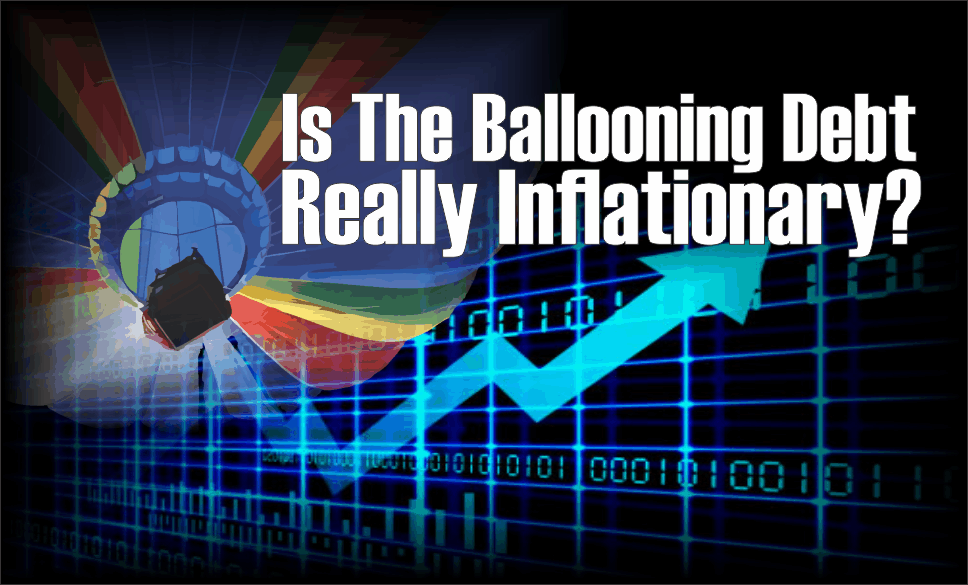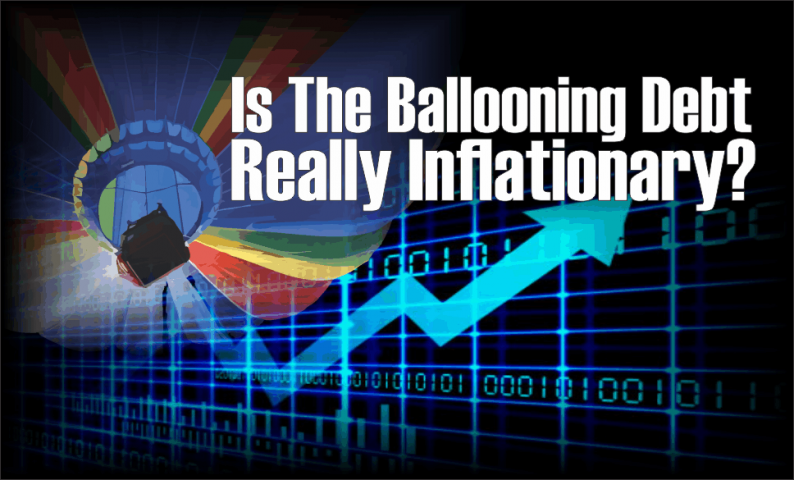
Last week, Kevin Muir wrote a very interesting piece on debt and whether it is inflationary or deflationary. To wit:
“One of the greatest debates within the financial community centers around debt and its effect on inflation and economic prosperity. The common narrative is that government deficits (and the ensuing debt) are bad. It steals from future generations and merely brings forward future consumption. In the long run, it creates distortions, and the quicker we return to balancing our books, the better off we will all be.”
As he states, he is no fan of the Paul Krugman’s “all stimulus is good stimulus” philosophy.
Neither am I.
While I agree with the majority of Kevin’s views regarding the impact of debt on the inflation/deflation debate, I do disagree on the following point:
“Creating debt is inflationary, while paying down debt is deflationary. That’s pretty basic.
The easiest way for me to demonstrate this fact is to look at an area where debt has been created for spending in a specific area. No better example than student loans.
Over the past fifteen years, inflation in college tuition has exploded. It’s been absolutely bonkers. Here is the chart of regular CPI versus tuition CPI.”
He is correct, debt used to directly make a purchase of a service or product is inflationary.
I agree 100% with Kevin in his prognosis of how debt effects prices in the short term.However as I will explain, it is the servicing of debt (paying interest and principal) over the long run that applies deflationary pressures to the economy.
As he states this is basic.
If I have $100 then I can buy $100 worth of goods. That’s it. However, if I am able to borrow an additional $200, then I can buy $300 worth of goods. When there is more demand, due to leverage, the price of the product or service will rise.
This is what happened with student loans. When the government took over student loan debt and assured everyone that money was readily available, Universities cheered as they could raise tuition beyond what students could previously afford. The more debt that was given out, the higher tuition went.
As I have explained before there is good and bad inflation.
Inflationary pressures can be representative of expanding economic strength if it is reflected in the stronger pricing of both imports and exports as well as wages. Increases in prices would suggest stronger consumptive demand, which is 2/3rds of economic growth, and increases in wages allows for absorption of higher prices.













Leave A Comment